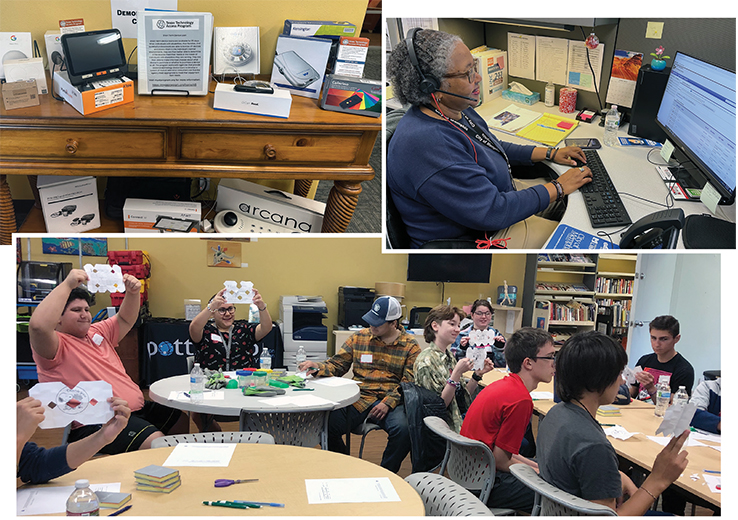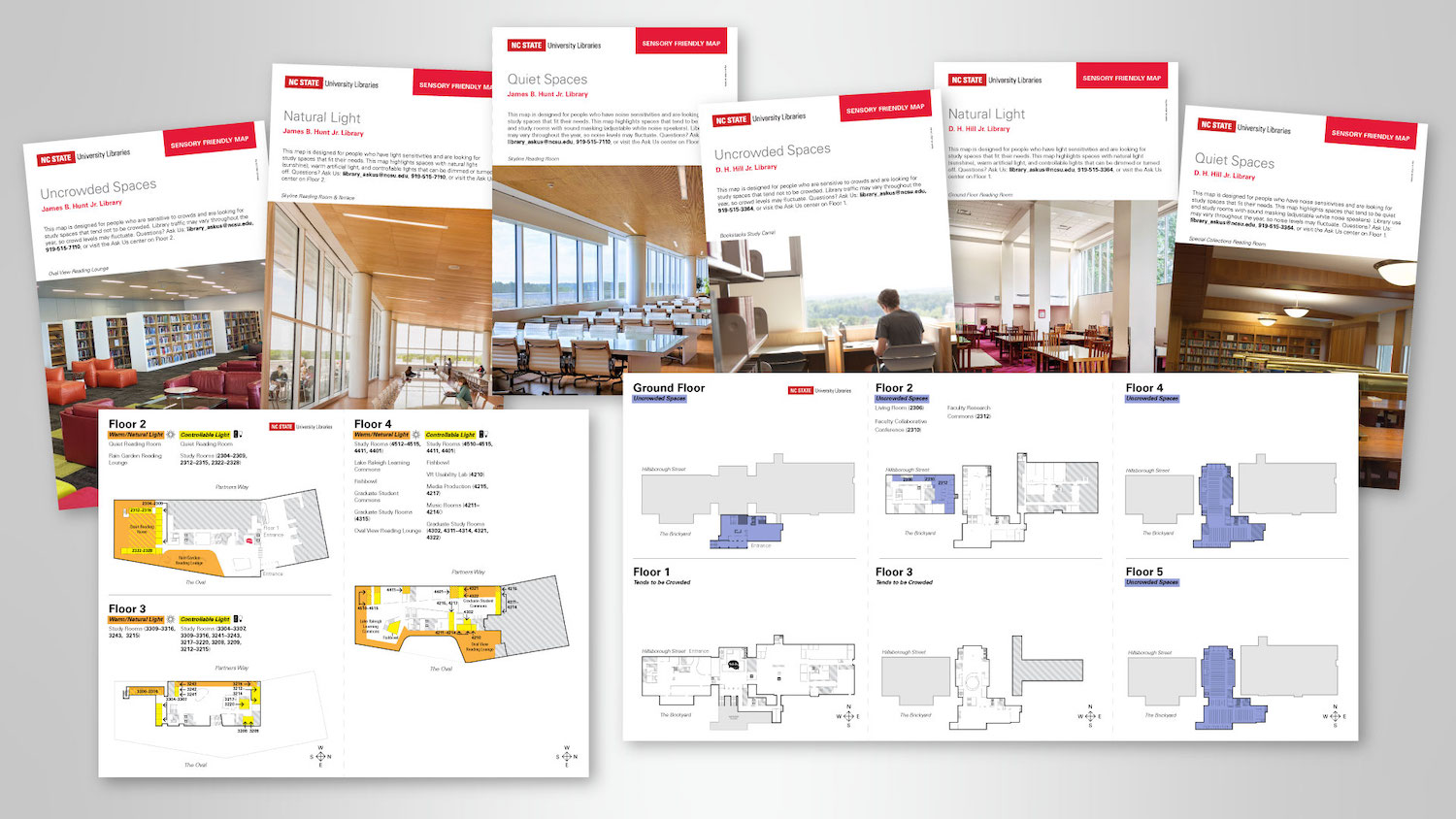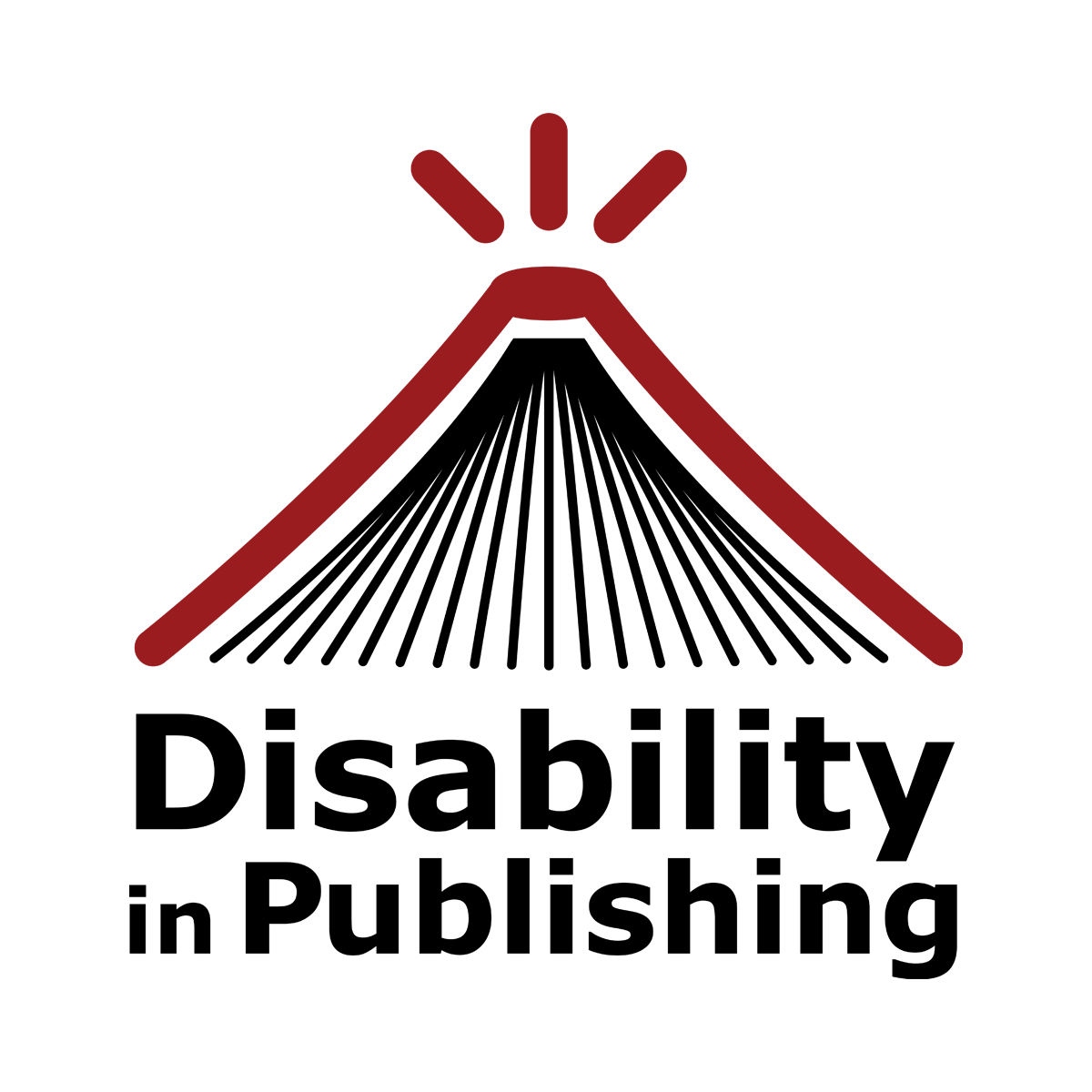Sossity Chiricuzio
4 Articles
From:
To:
Intersectional Accessibility: Creating Inclusive Spaces, Examining Ebook Accessibility
Libraries are incorporating collaboration, creativity, and a steadfast commitment to create accessible and inclusive spaces. Also, LJ looks at EBSCO's academic ebook accessibility findings.
“An Ethical Imperative”: Expanding Accessibility in Libraries at NC State
The need for increased accessibility is an ever-growing priority, as is understanding the scope and nuance of the concept. At North Carolina State University (NC State) Libraries, Raleigh, staff from a range of functional areas are working together to address and increase accessibility in their physical spaces, collections, and offerings. In May 2021 they formed an Accessibility Committee to coordinate and implement practices and changes throughout the system.
Disability in Publishing Launches with Virtual Town Hall
Disability in Publishing, a United States–based organization of disabled individuals who work in traditional publishing, launched in late July via a virtual town hall. The group’s mission to “create community, provide resources, and increase accessibility across the industry in order to increase disability visibility and retain the talent of disabled publishing professionals” was well represented in the highly accessible event, which was simulcast on YouTube and Twitter and attended by people who are personally disabled and others looking to make their organizations more inclusive.
Public Libraries Tackle Telehealth Challenges
Telehealth can bridge healthcare accessibility issues, but that leaves out the many who still don’t have reliable broadband access at home. Some libraries are stepping up to fill that gap.
ALREADY A SUBSCRIBER? LOG IN
We are currently offering this content for free. Sign up now to activate your personal profile, where you can save articles for future viewing





